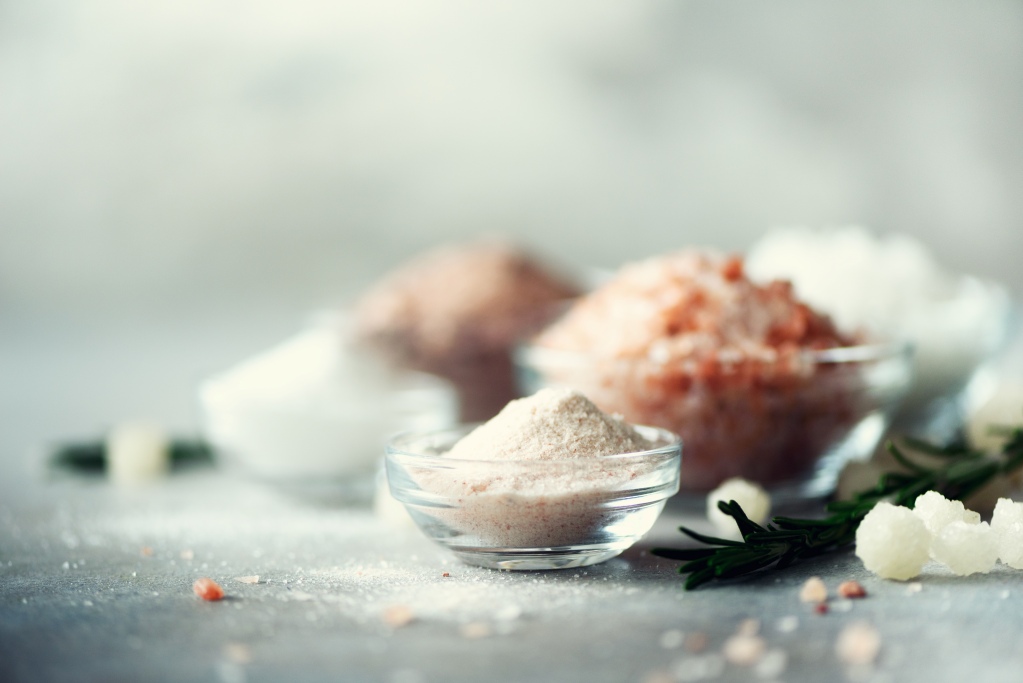Yesterday’s Plants – Today’s Medicines
There’s a catchphrase, “better living through chemistry” used to exalt the wonders of modern medicine to aid mankind. Yet, many of these medicines would not be possible without our medicinal plants. Nearly forty percent of all prescribed medicines are derived from plants and fungi or are designed from naturally occurring chemical compounds.
Many natural substances, such as various plant alkaloids, have been found to disrupt cellular function and are well-suited for various cancer treatments. Some natural substances abate bacterium growth; some alleviate pain and are analgesic.
These medicines include aspirin, digoxin, warfarin, and the vinca alkaloids used in treating childhood leukemia and breast cancers.
Certain populations of plant species may be more potent than others, and plant parts vary in their concentrations of medicinal compounds. The underground parts of plants, such as roots, rhizomes, and bulbs, are often the most potent parts of a medicinal plant, where the secondary compounds produced by the plant metabolism are most concentrated.
Organic compounds could be synthesized by chemists in the laboratory. Early in the nineteenth century, plants were no longer the number one source of effective medicines. Some plant compounds still must come directly from plants because they have not yet been successfully synthesized, including morphine, cocaine, ergotamine, podophyllin, and digitalis. Other plant compounds such as atropine and reserpine are too expensive to synthesize, so pharmaceutical companies continue to rely on natural sources.
About eighty percent of people in developing countries still rely on medicinal plant-based traditional medicines for their primary health care. In the U.S., about twenty-five percent of prescriptions are filled with drugs whose active ingredients are extracted or derived from plants. Several of the drugs sold today are simple synthetic modifications or copies of naturally obtained substances.
Approximately 120 prescription drugs are derived from plants, and these drugs come from only 95 plant species. Today there are at least 120 distinct chemical substances derived from plants that are considered as important drugs currently in use in one or more countries in the world. These chemical substances are shown in the table below.
We tend to think of prescription and cancer treatment drugs as coming from new medical plant discoveries, but there have been many drugs and chemicals that are commonplace now that we don’t think much as “wonder drugs” any longer that were derived from medicinal plants. The following is a short list of some over-the-counter (OTC), anti-malarial, cancer, and specialized treatment drugs and herbal supplements, that benefit mankind, and whose active ingredients are extracted or derived from plants:
Common (Drug; Source; Action/Use):
- Aspirin; Willow bark (Salix species); Analgesic
- Emetine (Syrup of Ipecac); Cephaelis ipecacuanha; Induce vomiting; particularly in cases of accidental swallowing of poisonous or harmful substances
- Scopolamine; Hyoscyamus niger; Motion sickness
- Camphor; Cinnamomum camphora; Rubefacient
- a-Lobeline; Indian tobacco (Lobelia inflata); Smoking deterrent
- Sanguinarine; Bloodroot (Sanguinaria canadensis); Dental plaque inhibitor
- Stevia (Stevioside); Stevia rebaudiana; Sweetener
- Thymol; Thymus vulgaris; Antifungal (topical); popular in mouthwashes
- Valapotriates; Valeriana officinalis; Sedative; with no morning hangover effect
- Silymarin; Milk thistle (Silybum marianum); Antihepatotoxic; supports liver health
- Morphine, Codeine; Opium poppy (Papaver somniferum); Analgesic ; antitussive (Codeine)
- Pseudoephedrine; Ephedra sinica; Sympathomimetic
- Erythromycin; Tropical fungi; Antibiotic
- Tubocurarine; Chondodentron tomentosum; Muscle relaxant
- Pilocarpine ; Jaborandi; Glaucoma
Anti-malarial (Drug; Source; Action/Use):
- Quinine; Cinchona ledgers; Anti-malarial
- Coartem; Sweet wormwood (Artemisia annua); Anti-malarial
Cancer treatment (Drug ; Source ; Action/Use):
- Vinblastine; Madagascar periwinkle (Catharanthus roseus); Hodgkin’s disease
- Vincristine; Madagascar periwinkle (Catharanthus roseus); Leukemia
- Taxol/Paclitaxel; Pacific Yew (Taxus brevofolia ); Ovarian and breast cancer
- VePesid, Etopophos/Etoposide ; Mayapple (Podophyllum peltatum) ; Lymphomas; leukemias; lung, breast, testicular cancers
- Hycmatim/Toptecan; Chinese Tree of Hop/Joy (Camptotheca acuminate); Ovarian, breast, and lung cancers; certain types of leukemias
Specialized treatment (Drug; Source; Action/Use):
- Chaulmoogra oil; Derived from trees in the genera Hydrocarpus and Taraktogenos; Antibiotic against bacterium that causes leprosy
- Digitoxin, Digitalin, Digoxin; Common foxglove (Digitalis purpurea); Cardiotonic, functioning as a heart stimulant that improves the tone and rhythm of an ailing heartbeat
- Reserpine; Snakeroot (Rauvolfia species); Tranquilizer
- Kawain; Kava (Piper methysticum); Tranquilizer
- Atropine; Atropa belladonna; Anticholinergic, aids cognitive impairment
- Gossypol; Gossypium species (Cottonseed); Male contraceptive
- Hydrastine; Goldenseal (Hydrastis canadensis); Hemostatic, astringent



